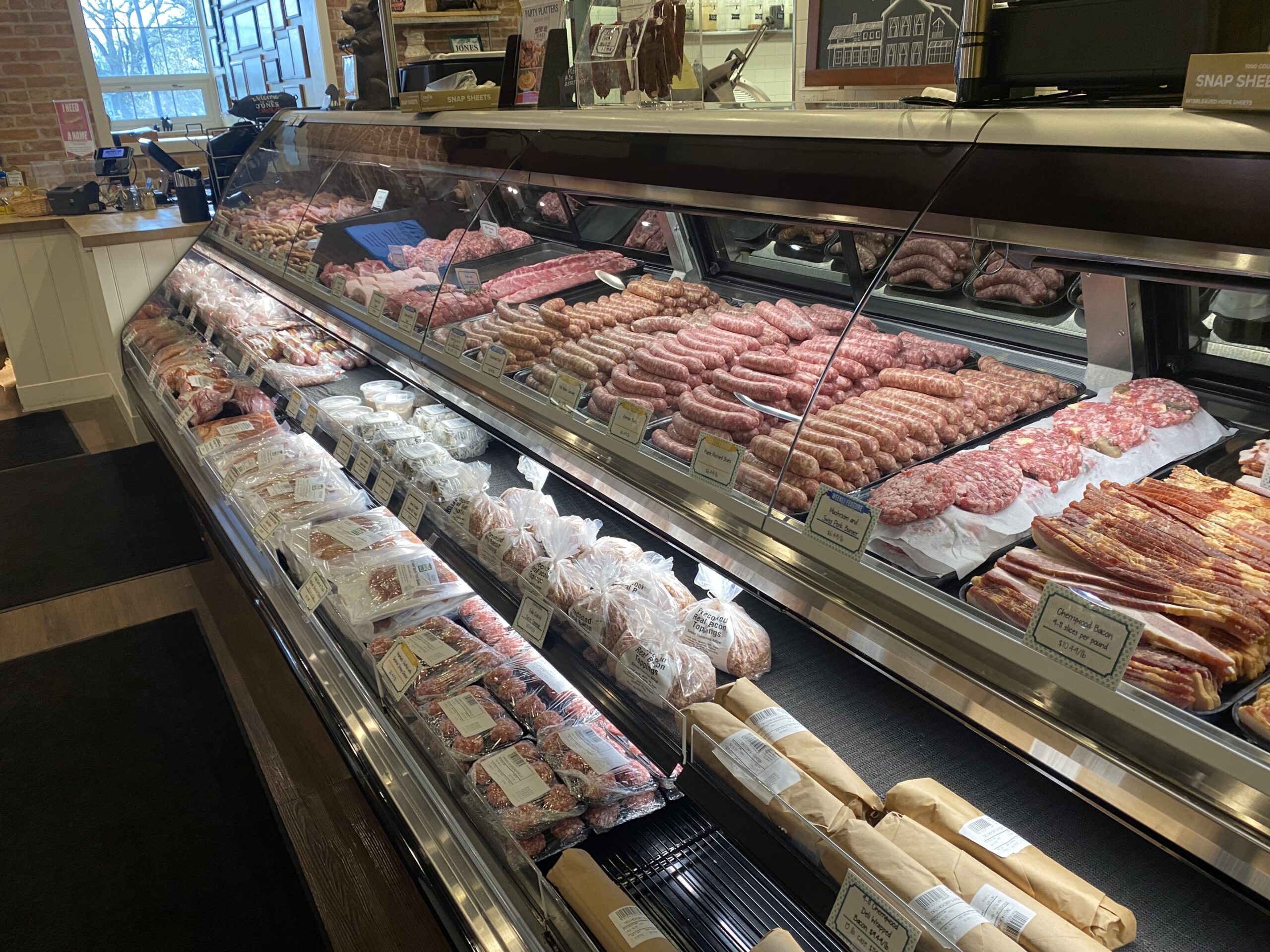Why Bagley Farms Meat Market Edwardsville IL Is the very best Option for Quality Meats
Why Bagley Farms Meat Market Edwardsville IL Is the very best Option for Quality Meats
Blog Article
Reveal the Art of the Butcher's Cut in a Modern Meat Market
In the ever-evolving landscape of contemporary meat markets, the butcher's cut has transcended its standard origins, combining old-time craftsmanship with modern techniques. What really establishes the contemporary butcher apart is their capability to build a much deeper link between customers and the origins of their meat.
Development of Butchery Strategies
The evolution of butchery methods shows a rich tapestry of technology and adjustment driven by innovations in innovation, modifications in customer need, and a much deeper understanding of meat science. Historically, butchery was a craft passed down through generations, with approaches developed over centuries to make the most of return and taste. The industrial change ushered in automation, transforming typical methods and making it possible for large handling.
The mid-20th century saw butchery methods better improved by clinical insights into muscle mass biology and meat aging, boosting both inflammation and preference. Technologies like vacuum cleaner packaging and refrigeration extended item shelf-life, permitting butchers to expand offerings and improve high quality control. This period likewise marked the surge of specialized equipment, such as band saws and meat slicers, which enhanced accuracy and effectiveness in meat handling.

Digital systems now assist in tracking animal provenance and optimizing cuts to meet certain client choices. Furthermore, a rebirth in artisanal butchery has arised, blending traditional skills with modern understanding to provide to customers seeking ethical and lasting meat choices.
Recognizing Meat Cuts
Comprehending the complexities of meat cuts is vital for both butchers and customers looking for high quality and value. For butchers, specific cuts show skill and respect for the craft, ensuring very little waste and optimal yield.

Understanding muscle mass make-up is vital; muscular tissues made use of a lot more regularly by the pet tend to be harder and are best fit for sluggish food preparation techniques, while less-used muscular tissues, like those located in the loin, are more tender and ideal for grilling or roasting. Familiarity with these differences empowers customers to make educated options, enhancing their cooking ventures.
Picking High Quality Meat
Selecting the right meat includes even more than just choosing an aesthetically enticing item from the display. The art of selecting high quality meat requires a discerning eye and knowledge of particular characteristics that symbolize quality and excellence.
Secondly, consider the marbling, which refers to the white flecks of fat within the muscle mass. Appropriate marbling is a crucial indicator of tenderness and you could look here taste, as it thaws during cooking, improving the meat's juiciness. Remember, greater marbling commonly correlates with superior quality cuts, such as USDA Prime.
Structure is one more crucial variable; meat needs to really feel firm to the touch, not slimed or overly soft. Furthermore, bear in mind the fragrance. Fresh meat should have a clean, neutral smell, without any type of sour or repulsive smells.
Matching Cuts With Food Preparation Techniques

On the other hand, tougher cuts like brisket and chuck roast are rich in collagen, which breaks down into jelly when cooked slowly. These cuts are perfect for braising or slow roasting, enabling the meat to soften over time and establish deep, complicated flavors. Cuts such as brief ribs and pork shoulder fare well with slow-cooking methods, where prolonged cooking times transform their robust textures into succulent meals.
Lamb shanks and oxtail, which call for extended food preparation to tenderize, are perfect prospects for stewing or slow-moving simmering. These approaches coax out rich, passionate flavors while maintaining dampness. By recognizing the distinct characteristics of each cut, cooks and home chefs alike can raise their culinary developments, guaranteeing each meal is both satisfying and moved here remarkable.
The Butcher's Role Today
Navigating the developing landscape of the contemporary meat market, the butcher's function today prolongs past mere prep work of cuts. Contemporary butchers are cooking artisans, teachers, and supporters for lasting practices.
Along with crafting precise cuts, butchers currently engage straight with clients, providing click here for more cooking suggestions and tailoring choices to suit private requirements and preferences. Their know-how in meat aging, marbling, and flavor accounts empowers customers to make enlightened decisions, improving their culinary experiences. This customized solution exemplifies the butcher's evolving role as a trusted expert in the kitchen.
Additionally, butchers are crucial in reducing waste, making use of entire pets to develop diverse items such as sausages and stocks. This comprehensive technique not just appreciates the animal yet additionally straightens with contemporary sustainability goals. This way, the modern-day butcher embodies both practice and innovation, adjusting to an ever-changing market while preserving the artistry and honesty of their craft.
Conclusion
Proficiency in recognizing diverse meat cuts and top quality signs empowers butchers to supply informed referrals, lining up certain cuts with ideal food preparation approaches. By recognizing historic methods while embracing contemporary demands, the butcher's function remains vital in today's advanced meat market.
Report this page